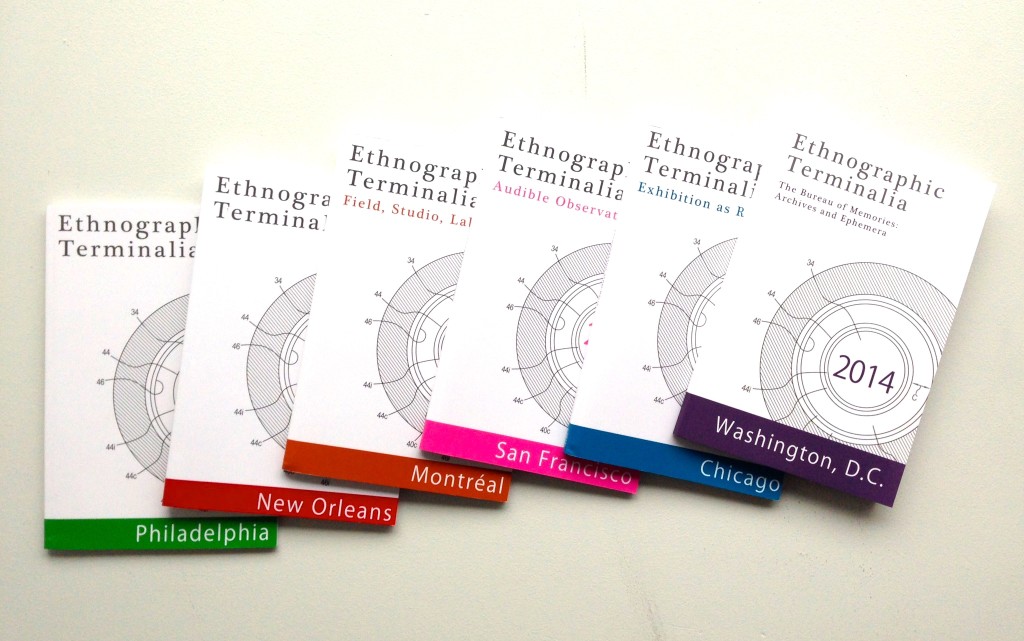From radio to audio while exploring journalistic formats
MP3 sound work
2011
Radio reporters collect field sounds, ambient sounds, rich silences, and oral discourses. They put them together in order to tell a story, to create an impression. While this is an organic experience for both the reporter and the audience, media convergence changes that organic moment. Recent ethnographic works in media institutions show that more and more newsrooms are composed of multi-platform journalists, who feed TV, web and radio. In most instances, it means that radio journalists must use TV data for their radio stories. Since TV is the heaviest media to serve, requiring images and audio, it becomes the definer of journalistic methods. The logic behind convergence is that radio and web can utilize audio, clips and images from TV data. Radio then becomes a second-class media. Convergence leads to a degraded sound quality and less and less ambiance sounds for radio stories resulting in deteriorated sound experience for radio listeners. Convergence might be approached differently. It could be built around sounds, images, and/or text allowing audio journalists to feed all the platforms with their sounds. Video and text journalists could do the same with their media. Then the specificity, richness and unique experience of sound would be preserved and enhanced. Approaching radio journalism as audio journalism would also open up the rigid radio news stories formats allowing for the exploration of new ways of telling journalistic stories. From radio to audio while exploring journalistic formats suggests just that. It is an audio piece made of journalists’ voices and newsroom sounds.
Sounds and voices composing the piece were gathered in the field and edited in studio. In this collage, listeners hear reporters’ worries about the loss of radio journalism and radio-rich personality. Listeners also experience what new journalistic audio stories might be and how they might sound. The format of the audio piece questions traditional formats of radio news stories. The piece illustrates the boundary between radio journalism and audio journalism. It suggests a beginning of new journalistic formatting. It is also a site of experience for the listeners. Audio art and ethnography are brought together and articulate new modes of inquiry. The audio piece questions journalistic cultural practices like convergence and rigid ways of formatting news stories.
Biography
The sounds and voices for From radio to audio while exploring journalistic formats were collected while doing ethnographic work in the Radio-Canada new converged newsroom in winter of 2010. The purpose of the ethnographic work was to document what convergence meant for the national public broadcaster. It led to a doctoral thesis called “Choc des cultures, contre discours et adaptation: l’intégration, le régime de vérité radio-canadien” successfully defended in April 2011.
Chantal Francoeur knows Radio-Canada newsroom very well. Before practicing ethnography in it, she has worked as a radio reporter for 17 years. She has created stories for a wide range of programs, including the news, public affairs shows, science and technology forums and investigative special reports. She has produced both short and long stories and done national and international live reports. Her academic researches have lead her to question rigid journalistic formats.
From radio to audio while exploring journalistic formats focuses on her own community of practice, radio journalists. It delves into a rich site of cultural production, the national public broadcaster.

